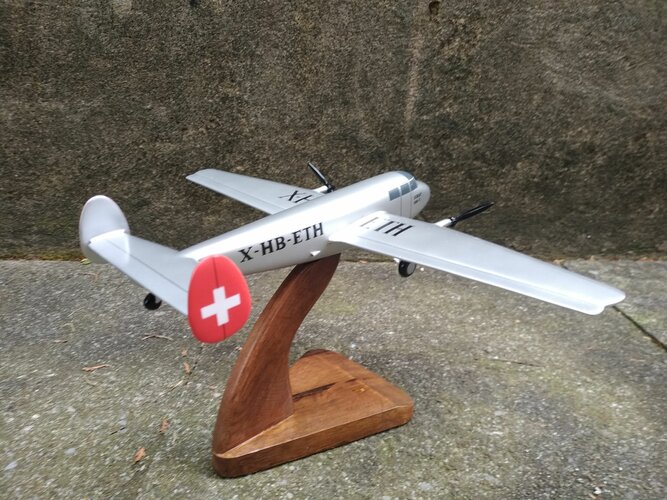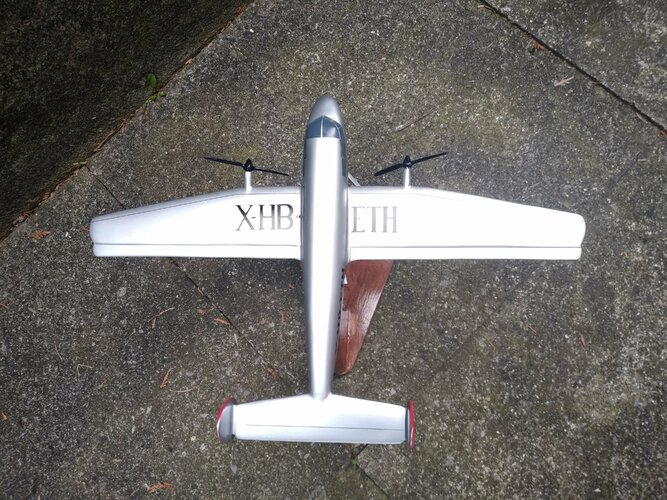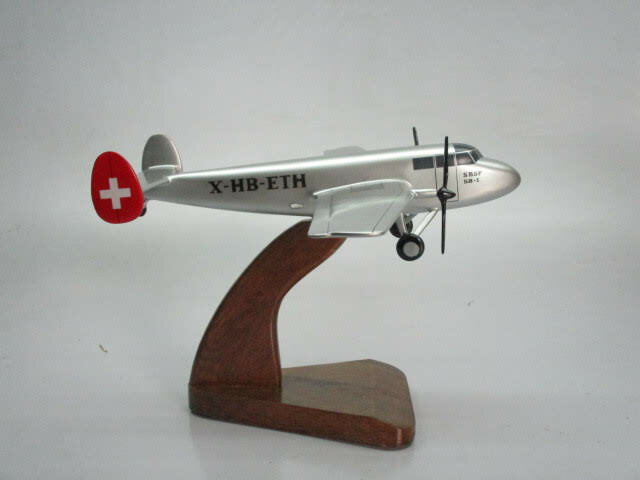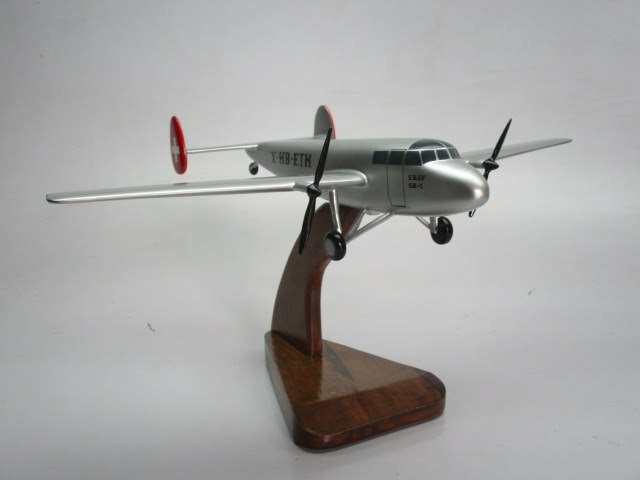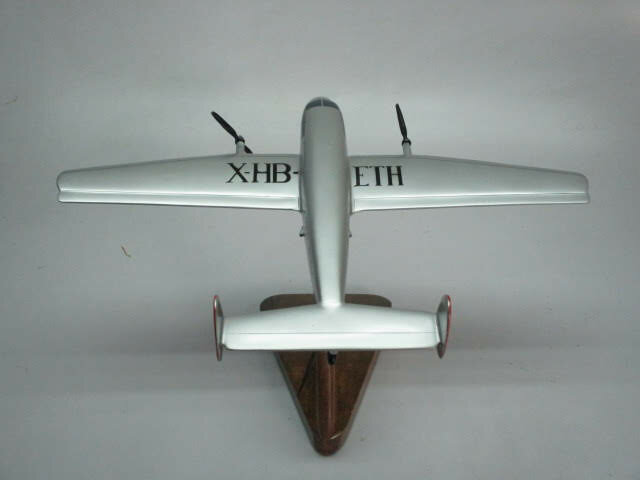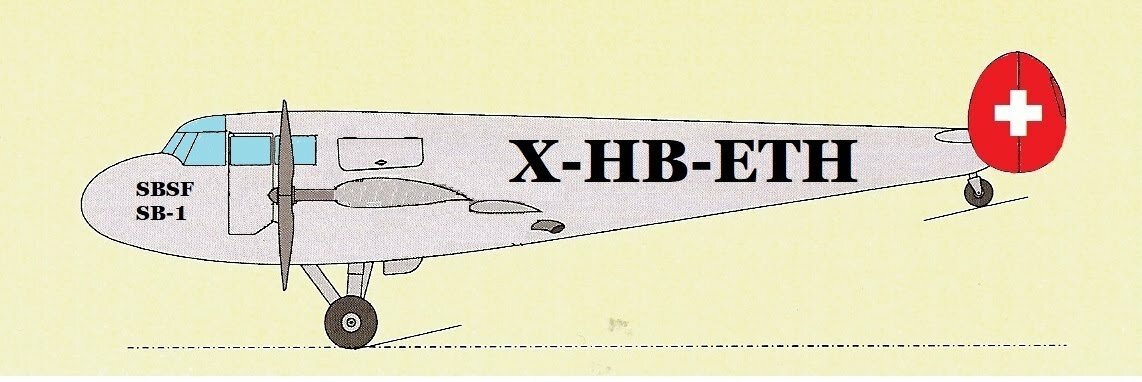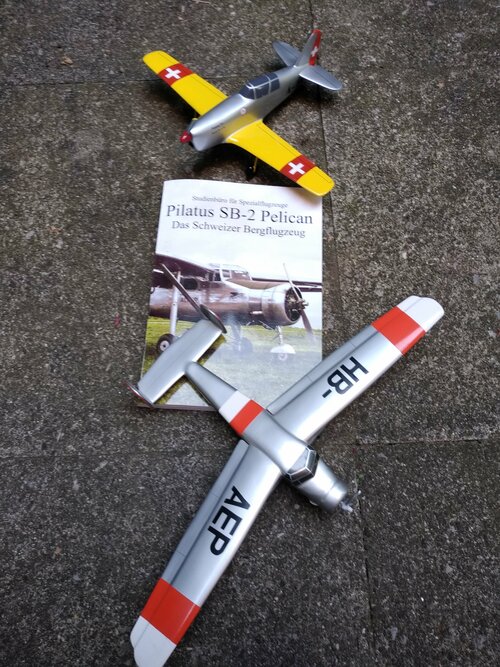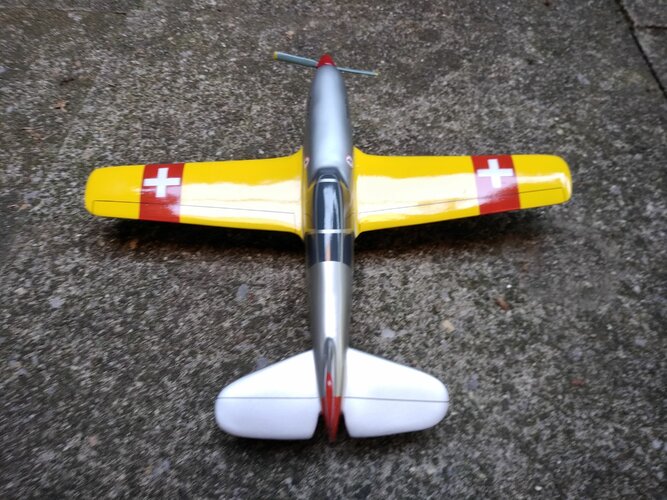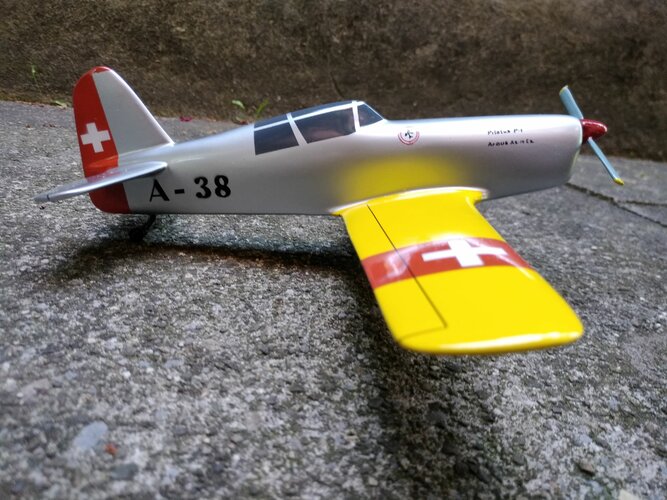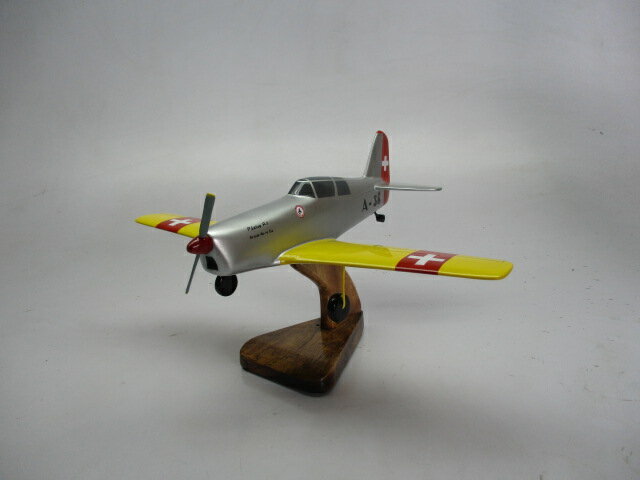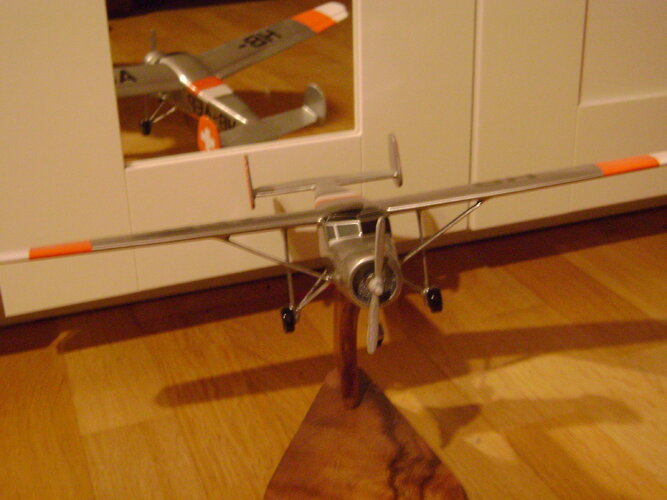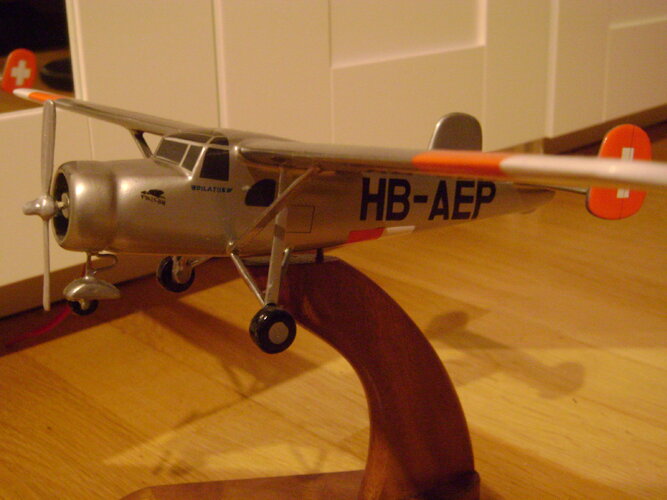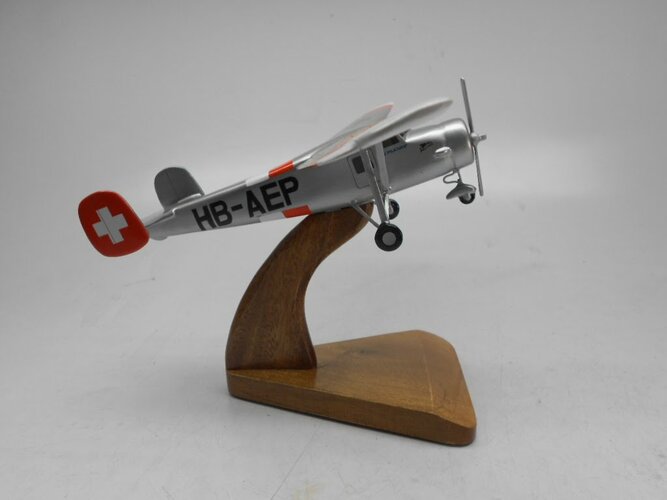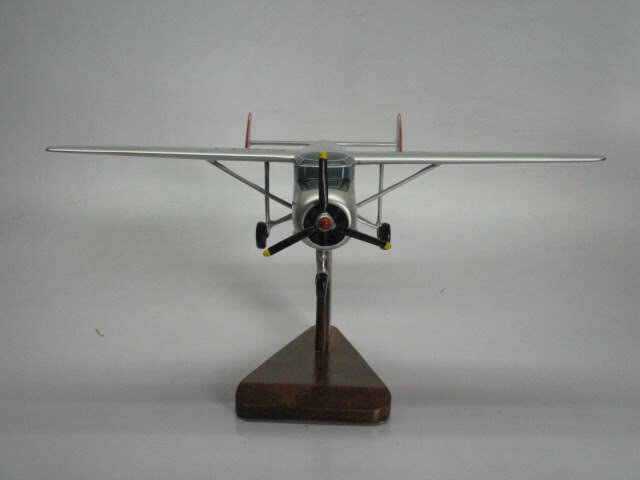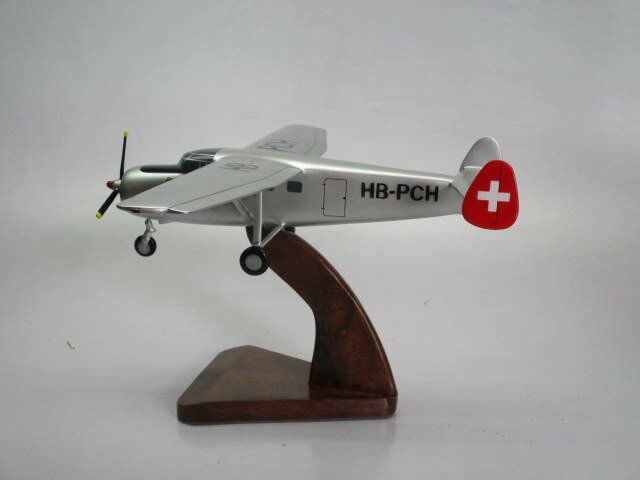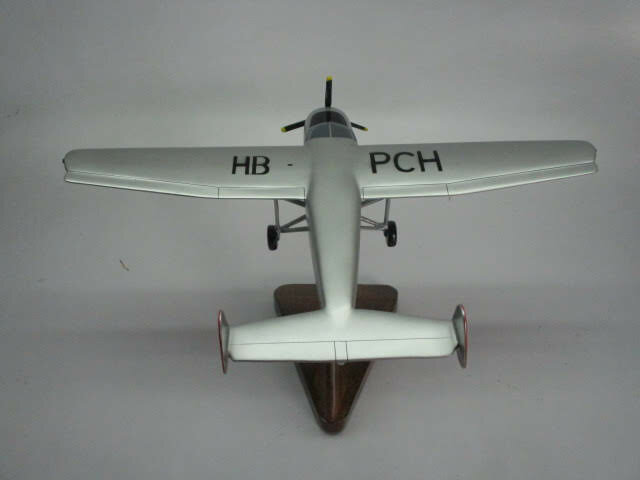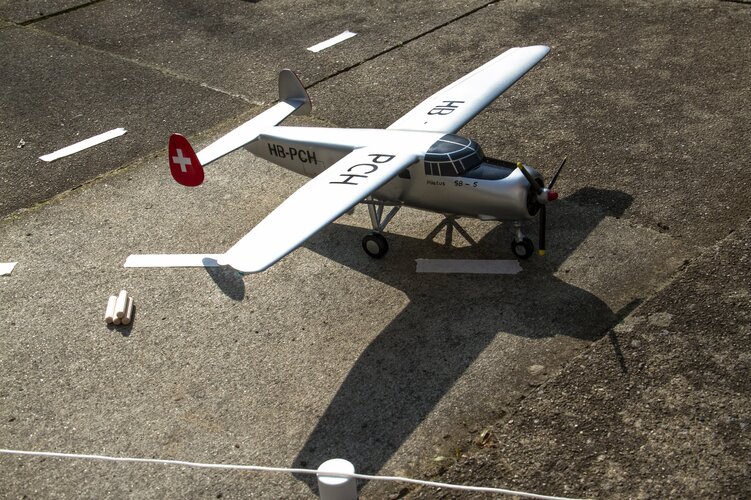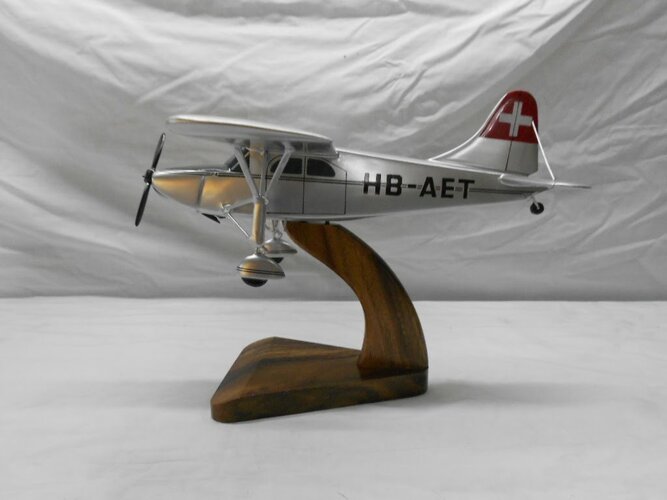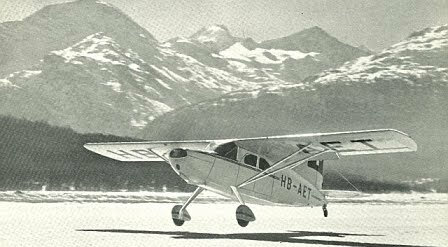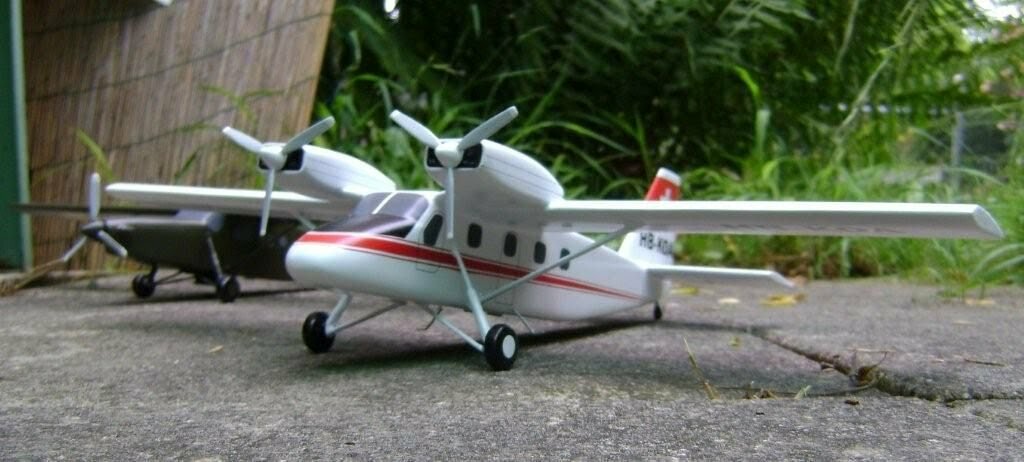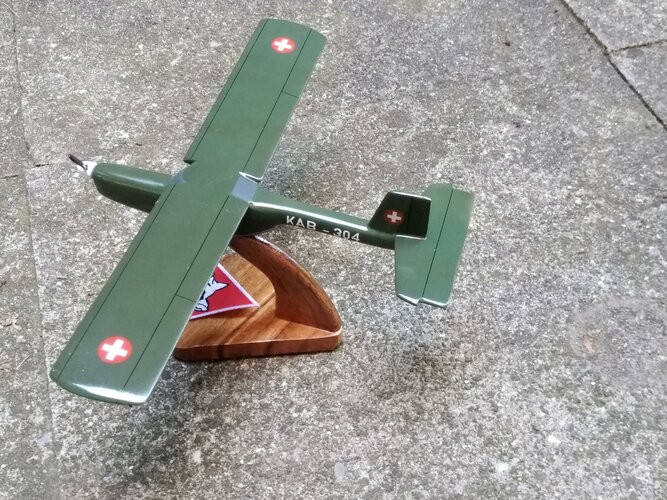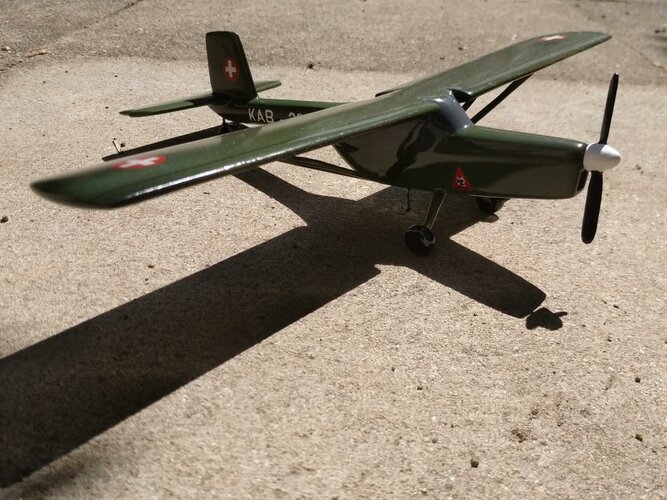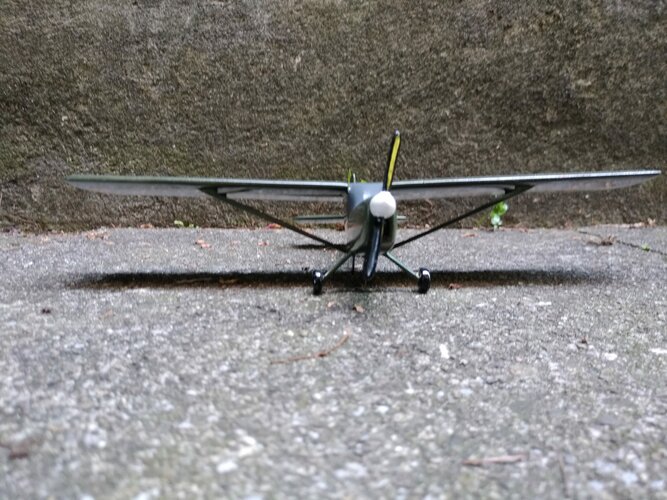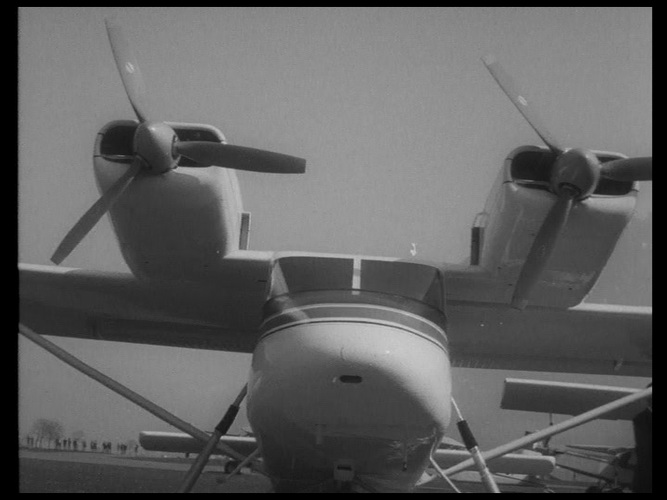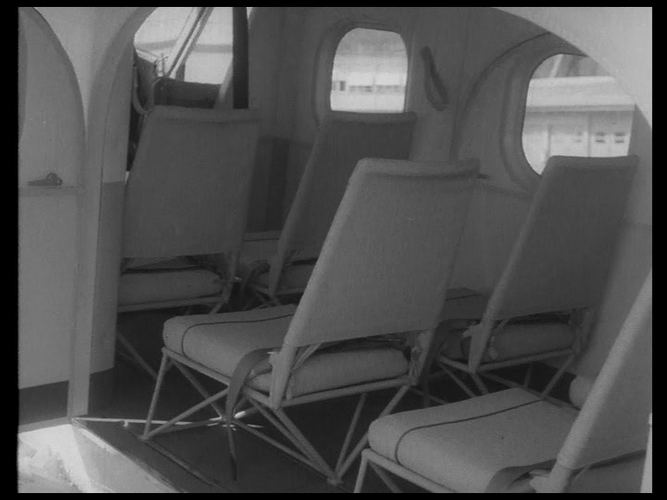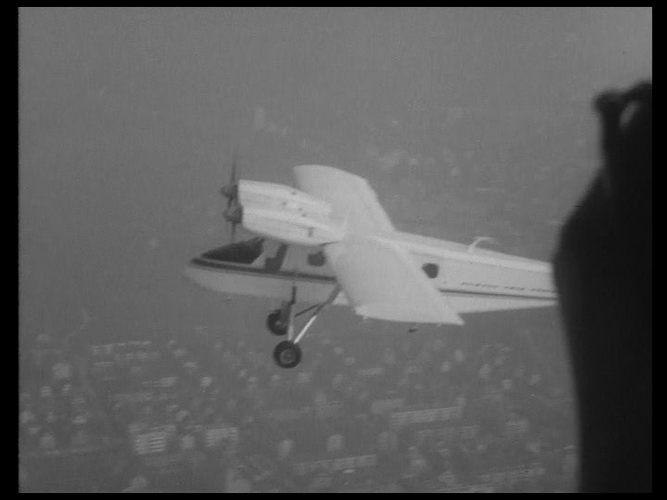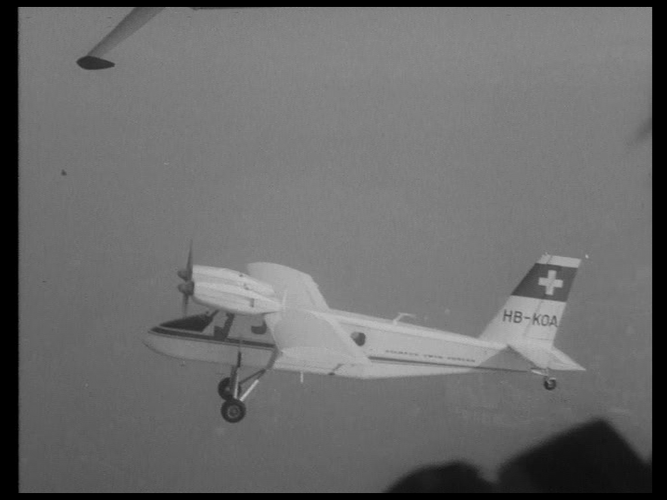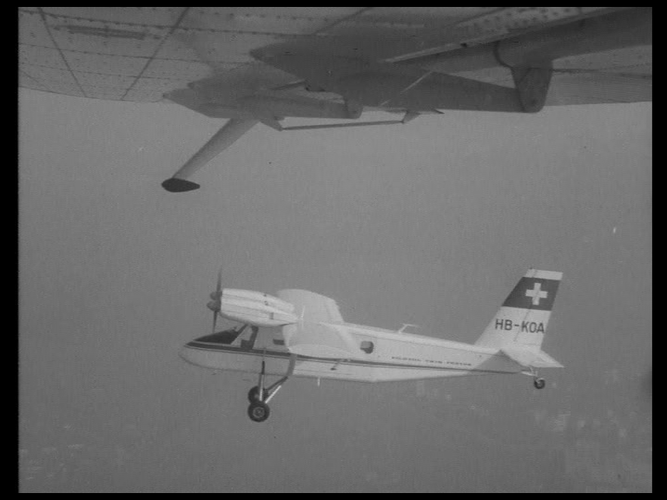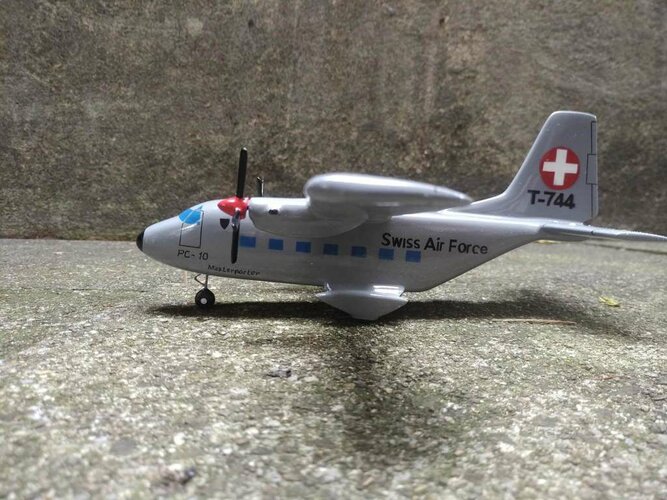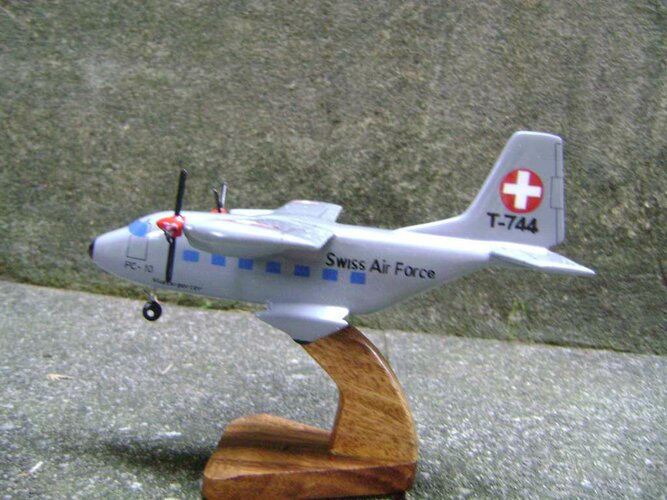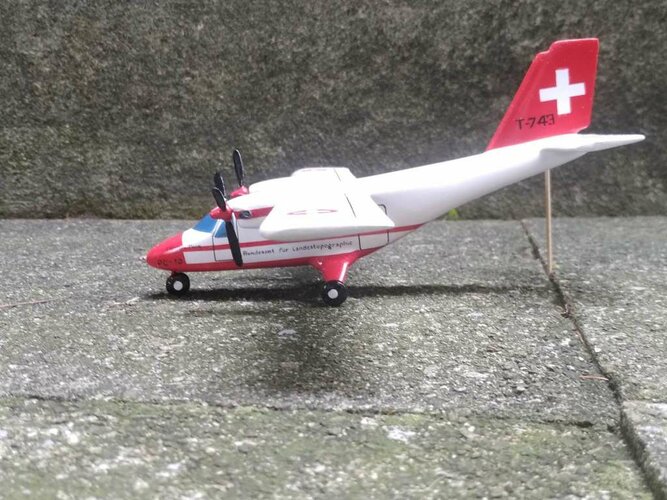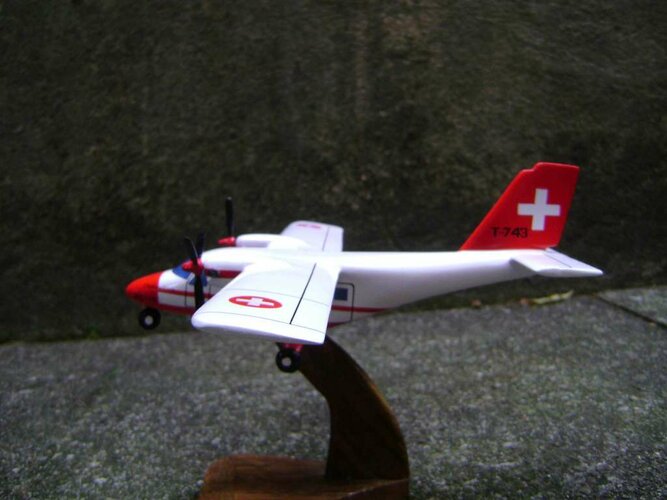Translated from a really great blog on Pilatus, the
Unofficial Blog of Pilatus Aircraft:
http://pilatus-history-and-news.blogspot.fr/
Since its inception the Pilatus Aircraft company has studied various projects which were not proceeded with for technical or economic reasons.
P-1
In 1940 was revealed a project for a low-wing single-seat trainer. It had no designation at the time but later received the designation P-1. It was to be fitted with a 240 hp Argus engine.
Wingspan: 9.20 m - Length: 6.90 m - Height: 2.10 m - Maximum take-off weight: 1150 kg - Speed: 280 km/h.
SB-5
In 1944 an aircraft project designated SB-5 for a 5-ton, 9-passenger transport fitted with a 1000 hp engine, directly derived from the SB-2
Pelikan.
P-5
In 1951 Pilatus offers the Swiss military an artillery observation type, the P-5. This high wing monoplane with struts was to provide an excellent visibility to the crew and was to be powered by a 160 hp engine.
Wingspan: 12.00 m - Length: 9.20 m - Height: 2.50 m - Speed: 190 km/h.
Project 26025 Twin Porter
This was to be a 15-passenger derivative of the Pilatus PC-8 powered by two Turboméca "Astazou" XII, Pratt & Whitney PT6-A20 or Garrett TPE-331 turbines.
Wingspan: 20.0 m - Length: 14.40 m - Height: 3.65 m - Payload: 1320 kg - Overall weight: 4300 kg
PC-XM
An all-metal motor-glider derived from the Pilatus B4 with a 65 hp Limbach-Volkswagen engine.
Wingspan: 18.0 m - Length: 7.77 m - Height: 1.60 m - Overall weight: 700 kg
PC-9B Module Porter
This was to be a successor to the famous Turbo Porter with a PT6A-27 engine.
Wingspan: 15,87 m - Length: 11,62 m - Height: 3.39 m - Empty weight: 1338 kg - Maximum take-off weight: 2800 kg - Speed: 275 km/h - Ceiling: 8200 m - Range: 1580 km
PC-10B Twin Porter
This planned 15-passenger aircraft was to be powered by two Pratt & Whitney PT6A-27 or Garrett AiResearch TPE-331-1-101 turbines.
Wingspan: 19.00 m - Length: 13.50 m - Height: 6.08 m - Empty weight: 2446 kg - Maximum take-off weight: 4700 kg - Ceiling: 8500 m - Range: 2100 km - Speed: 300 km/h
PD-01 Master Porter
The first flight of this type was planned for 1976. It was to be equipped with 1120 hp Pratt & Whitney PT6A-45 engines and could carry either 24 passengers or 3200 kg of freight.
Wingspan: 17.40 m - Length: 13.79 m - Height: 6.30 m - Maximum take-off weight : 6500 kg
Agricultural aircraft
This 1972 low-wing project reused many elements from the PC-6 Porter, allowing for shorter development and reduced manufacturing costs. It was to be fitted with a radial engine.
Porter with radial engine
In 1972, Pilatus also considered fitting the
Porter with a radial engine but did not proceed with it.


































